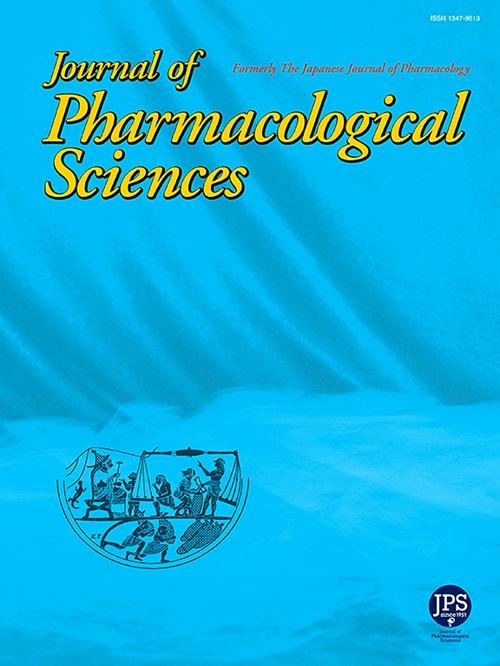Targeting TMEM16A ion channels suppresses airway hyperreactivity, inflammation, and remodeling in an experimental Guinea pig asthma model
IF 2.9
3区 医学
Q2 PHARMACOLOGY & PHARMACY
引用次数: 0
Abstract
Asthma is a chronic inflammatory disease characterized by airway hyperresponsiveness, inflammation, and remodeling. Calcium (Ca2+)-activated chloride (Cl−) channels, such as TMEM16A, are inferred to be involved in asthma. Therefore, the present study investigated the therapeutic potential of TMEM16A inhibition in a guinea pig model of ovalbumin (OVA)-induced allergic asthma. Guinea pigs were treated with a specific blocker, CaCCinh-A01 (10 μM), administered via inhalation. A significant reduction in cough reflex sensitivity and specific airway resistance was observed in animals treated with CaCCinh-A01, highlighting its potential to improve airway function. Despite a reduction in ciliary beating frequency (CBF), CaCCinh-A01 reduced airway mucus viscosity by decreasing the production of mucin-5AC (MUC5AC). The nonspecific reduction in the Th1/Th2 cytokine spectrum following CaCCinh-A01 treatment indicated the suppression of airway inflammation. Additionally, markers associated with airway remodeling were diminished, suggesting that CaCCinh-A01 may counteract structural changes in airway tissues. Therefore, inhibition appears to mitigate the pathological aspects of asthma, including airway hyperresponsiveness, inflammation, and remodeling. However, further studies are required to comprehensively evaluate the potential of TMEM16A as a therapeutic target for asthma.
在实验性几内亚猪哮喘模型中,靶向 TMEM16A 离子通道可抑制气道过度反应、炎症和重塑
哮喘是一种以气道高反应性、炎症和重塑为特征的慢性炎症性疾病。据推断,钙(Ca2+)激活的氯离子(Cl-)通道(如 TMEM16A)与哮喘有关。因此,本研究在卵清蛋白(OVA)诱发过敏性哮喘的豚鼠模型中研究了抑制 TMEM16A 的治疗潜力。豚鼠通过吸入特异性阻断剂 CaCCinh-A01 (10 μM)进行治疗。在接受 CaCCinh-A01 治疗的动物身上观察到咳嗽反射敏感性和特定气道阻力明显降低,凸显了其改善气道功能的潜力。尽管纤毛跳动频率(CBF)降低了,但 CaCCinh-A01 通过减少粘蛋白-5AC(MUC5AC)的产生降低了气道粘液粘度。CaCCinh-A01 治疗后 Th1/Th2 细胞因子谱的非特异性减少表明气道炎症受到了抑制。此外,与气道重塑相关的标记物也有所减少,这表明 CaCCinh-A01 可能会抵消气道组织的结构变化。因此,抑制剂似乎能减轻哮喘的病理方面,包括气道高反应性、炎症和重塑。然而,要全面评估 TMEM16A 作为哮喘治疗靶点的潜力,还需要进一步的研究。
本文章由计算机程序翻译,如有差异,请以英文原文为准。
求助全文
约1分钟内获得全文
求助全文
来源期刊
CiteScore
6.20
自引率
2.90%
发文量
104
审稿时长
31 days
期刊介绍:
Journal of Pharmacological Sciences (JPS) is an international open access journal intended for the advancement of pharmacological sciences in the world. The Journal welcomes submissions in all fields of experimental and clinical pharmacology, including neuroscience, and biochemical, cellular, and molecular pharmacology for publication as Reviews, Full Papers or Short Communications. Short Communications are short research article intended to provide novel and exciting pharmacological findings. Manuscripts concerning descriptive case reports, pharmacokinetic and pharmacodynamic studies without pharmacological mechanism and dose-response determinations are not acceptable and will be rejected without peer review. The ethnopharmacological studies are also out of the scope of this journal. Furthermore, JPS does not publish work on the actions of biological extracts unknown chemical composition.

 求助内容:
求助内容: 应助结果提醒方式:
应助结果提醒方式:


